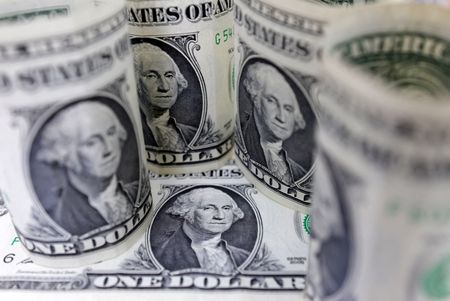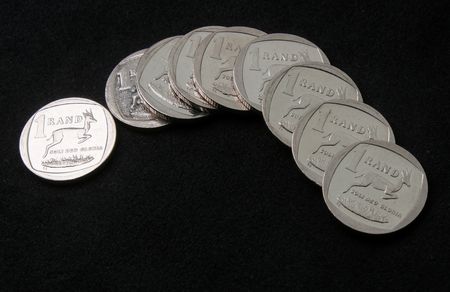SINGAPORE (Reuters) -The U.S. dollar rallied sharply on Thursday after a court blocked President Donald Trump from imposing his so-called Liberation Day import tariffs, with the currency surging against the euro, yen and Swiss franc in particular.
The Manhattan-based Court of International Trade said the U.S. Constitution gives Congress exclusive authority to regulate commerce with other countries that is not overridden by the president’s emergency powers to safeguard the U.S. economy.
In response, the Trump administration filed an appeal.
The move sparked a risk-on rally across markets, sending Wall Street futures up while the dollar jumped in a knee-jerk reaction to a potential reprieve for global trade.
The greenback rose 0.6% against the yen to 145.72 and 0.65% against the franc to 0.8326.
The euro slid 0.5% to $1.1232. Sterling fell 0.2% to $1.3432.
The dollar index, which measures the U.S. currency against six major peers, climbed back above 100 for the first time in a week and was last at 100.40.
“We’re just trying to work out what it might mean basically but obviously the market is doing a kneejerk reaction so I guess it’s reversing a lot of the moves that we’ve seen… All the direction of change has been opposite to what we have seen since Liberation Day,” said Ray Attrill, head of FX strategy at National Australia Bank.
Trump’s tariffs have undermined investor confidence in U.S. assets and prompted a rush of money out of the world’s largest economy.
That has in turn toppled the dollar, which is down nearly 8% for the year so far.
Elsewhere, the Australian dollar was little changed at $0.6428. The New Zealand dollar fell 0.13% to $0.59595.
(Reporting by Johann M Cherian and Stella Qiu; Editing by Christopher Cushing)









